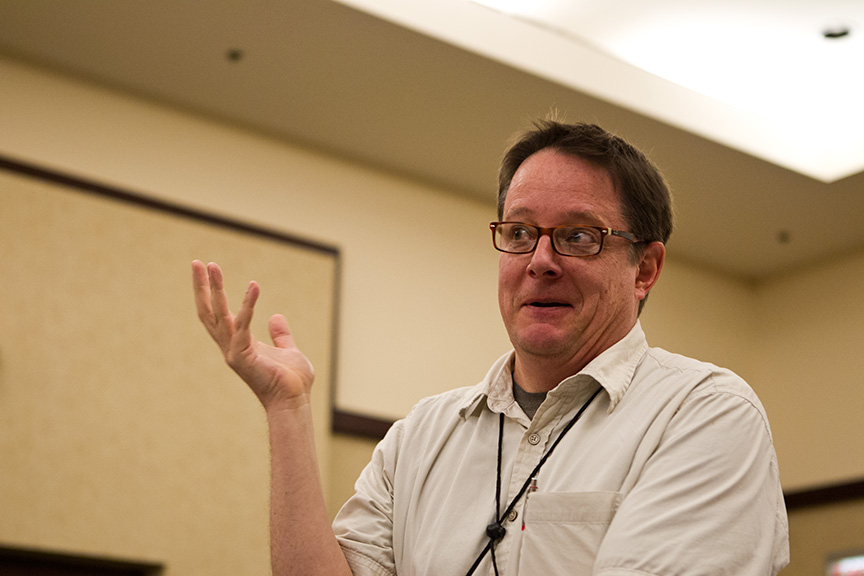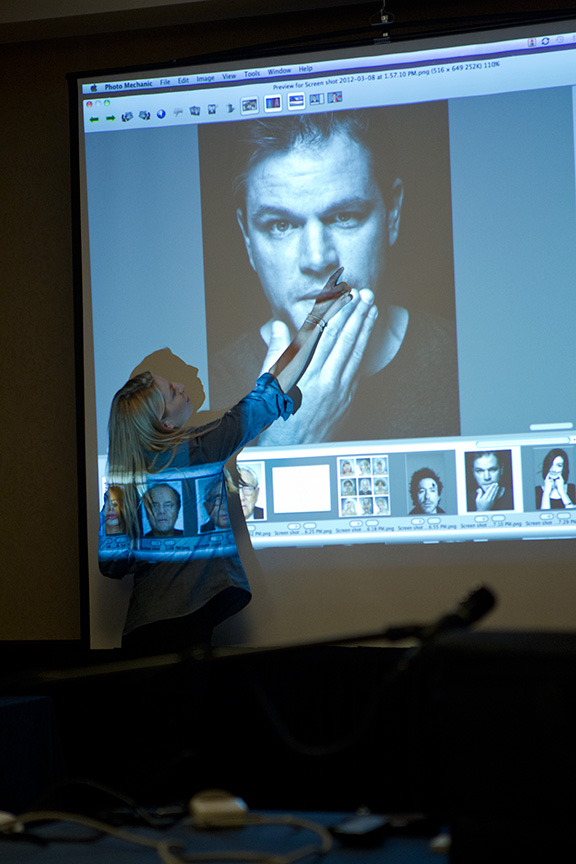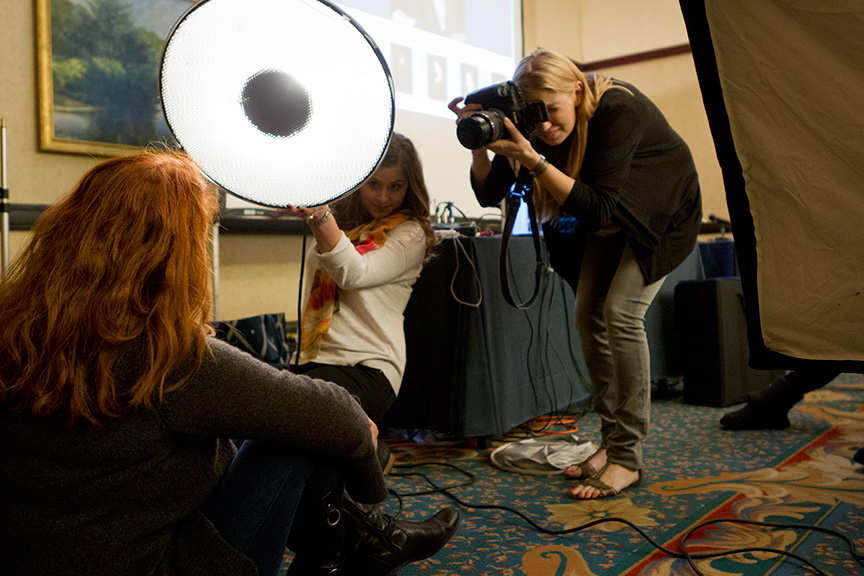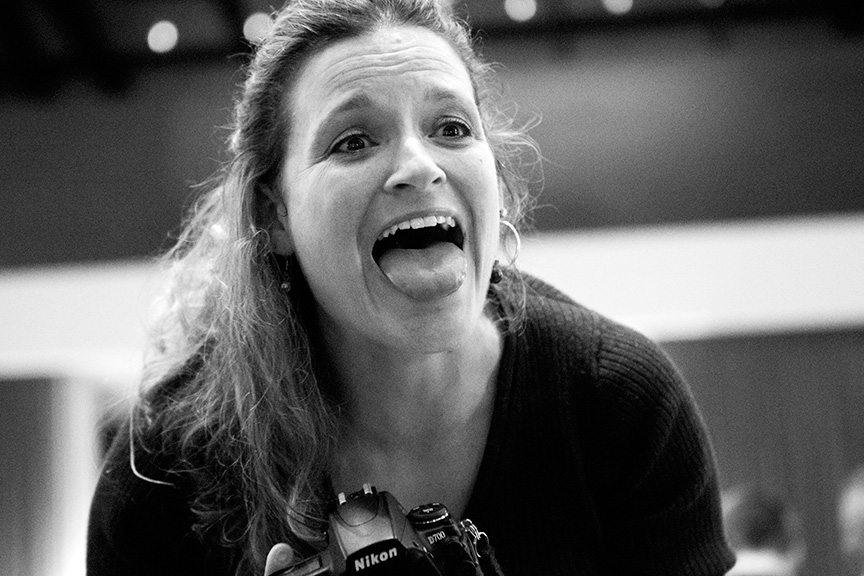The state of the news delivery and consumption has been in constant flux since news went online and cameras went digital. Things changed again when cellphones got decent enough cameras and could leverage social media like Facebook and video-sharing sites like YouTube. And not too long ago, photography was rocked again with the introduction of the HD-video capable DSLRs.
To address the changes in the news industry the National Press Photographers Association (NPPA) has put together an annual workshop and lecture series to help visual journalists keep up with the times. This year was the 31st annual Northern Short Course in Photojournalism (NSC) and focused heavily upon delivering multimedia stories and surviving in a predominantly freelancing world saturated with — as James Estrin of the NYTimes Lens blog — “…vernacular photography.”
There were a wide range of lectures and workshops, but I attended the ones which addressed multimedia, video, and getting a sharper edge on the business part. Each of the various lectures were popular, but the ones discussing audio technique, video editing workflow, and business were packed beyond seating. This showed there is a strong interest as well as demand for still photographers to provide motion and/or multimedia to their clients.
The first workshop I attended was for some best practices in collecting great audio from Rob Rosenthal, an award-winning freelance radio producer and teacher. In that workshop he gave us gear suggestions, good audio-gathering technique, and how to structure a story.

In his second workshop, Audio II, he went in-depth on the audio storytelling workflow and interviewing process for those stories. One of the most important portions was his explanation of the the difference between an idea and a story.
- Idea: a guy with a race car covered in religious symbols.
- Story: against his family’s wishes he races for trophies and for God.
To fuel us in between lectures and workshops, both Nikon and Canon sponsored out coffee breaks. They also provided camera maintenance and new product demos. I got to do a hands-on evaluation of the EOS 5D Mark III, Speedlite 600EX-RT, and ST-E3 RT transmitter (reviews coming soon!) and a few lenses that I’m considering.
Since the NSC was so multimedia and video-heavy I thought the lighting workshops lead by Victoria Will were for video, but they were actually for stills. The first course, Lighting for Less, was a good intro for photojournalists who are getting into studio-style lighting and hope to not burn a lot of money to achieve quality.
I didn’t need much teaching in how to light for less because I’ve followed and learned a lot from the guys who can do seemingly impossible things with small flashes and cheap modifiers: David Hobby, Joe McNally, Zack Arias, and Bert Stephani.
However, it was great to see her use a bed sheet from her hotel room to turn a $12 silver umbrella into a $60 Photek softligher. Great straight-forward stuff on the gear and great teaching on lighting techniques.

Victoria had another workshop that fed off this one, called “Location Lighting” where she showed various lights and modifiers and demo-ed their use. She got great results with a single flash in a beauty dish, her favorite modifier.

At the end of the day, we photogs got to do a little unwinding and mingling at the hotel’s bar. Lots of fun and camaraderie.

